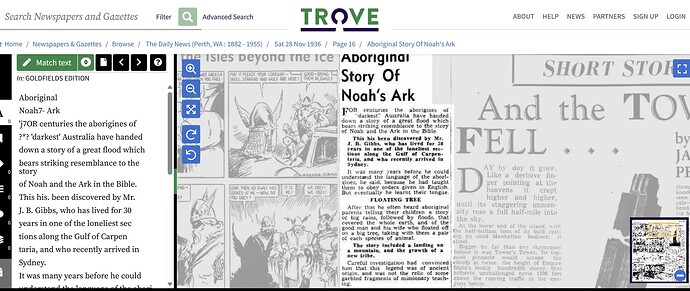I thought this deserved a thread of its own…irrespective of YEC verse ANE differences, its a topic i think should be discussed.
I appreciate that this will no doubt cause some uproar amongst those here who have not managed to move beyond defenses of ANE such as “Moses just copied Egyptian religious ideas” or “the bible is at times rehashing ancient Sumerian writings”…what we clearly find with this particular evidence is that Chinese pictographic language dates back at least 4000 years. and it appears to have some very clear connections to ancient religious belief that aligns with Abrahimic faith…some say it goes as far back as the Tower of Babel illustrated in the Bible.
Caveat, i have not yet researched counter claims to this book and I’m keen to have exposure to the criticisms either way here.
Ok so in this first post, i will simply insert the “overview of the book”. I will add some of the pictographic stuff in subsequent posts as i get time to do it.
Genesis: How the Truth of Genesis Were Found Hidden in the Chinese Language
Kang, C.H. and Nelson, Ethel R., The Discovery of Genesis: How the Truth of Genesis Were Found Hidden in the Chinese Language
Pages 154
ISBN 0570037921
“Who (God) in bygone generations allowed all nations to walk in their own ways, nevertheless He did not leave Himself without witness” [Acts 14:16-17]. Indeed, these verses resound again and over again through the reader’s mind when we take Kang’s work into perspectives. This was the product of long laborious endeavor of a man committed to contextualize gospel to Chinese land. His proof for God of Bible in Chinese Graphology is incontrovertible.
The author Reverend Kang is a native Chinese, who through his hard work discovered the truth many years ago. Ethel R. Nelson is an American missionary who was so intrigued by an earlier publication by C.H. Kang that she urged him to partner with her to go into more detail.
With the help of a flexible publisher and a talented calligrapher, they unfold the history of mankind from creation to the Tower of Babel from this written language that predates the ld Testament.
From a critical look, we also must not forget the historical formation of Chinese characters actually had been under much evolution till its modern widely accepted form. So the modern Chinese reader might find it somewhat inconceivable at times.
Nevertheless, I invincibly recommend this read for couple of reasons; first, because it’s an exotically extraordinary work. A foreigner to Chinese language, like me will find the book understandable because of its excellent sidebar graphics, it’s clear and concise. Second, I believe it will be a great tool for the missionaries to China who are interested in Contextual apologetics. Because book will convince a Chinese that Christianity is not an antipodal belief, instead, a historical reality well embedded in his very own culture and own ancient language
